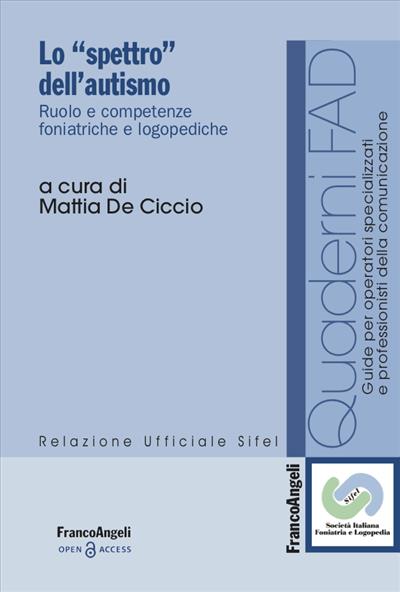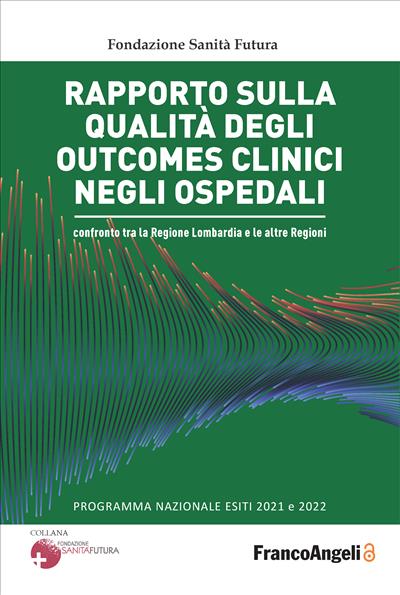
Health & Hospitals in Italy
17th Annual Report 2019
The Health & Hospitals Report/2019 provides an account - year by year - of the state of affairs of our mixed hospital system, which consists of a publicly-operated component (comprised of different types of institutions) and a privately-operated component (itself made up of different types of accredited facilities). The Report has two distinctive features: on the one hand, it aims to understand the level of satisfaction of users and citizens with respect to their healthcare needs and, therefore, the functioning of the hospital “machine”; on the other hand, it is prepared by a “third party”, who analyzes and independently evaluates the trend of the experiences and opinions of the population, as well as the performance of the hospital facilities. The focus this year has been on the difficult pursuit of an acceptable “average level” of services to be provided in terms of time, quality, and territory (and individual hospital and post-hospital facilities).
Open Access
0,00
Open Access
0,00
Pagine: 224
ISBN: 9788835112747
Edizione:1a edizione 2020
Codice editore: 10035.10
Informazioni sugli open access




